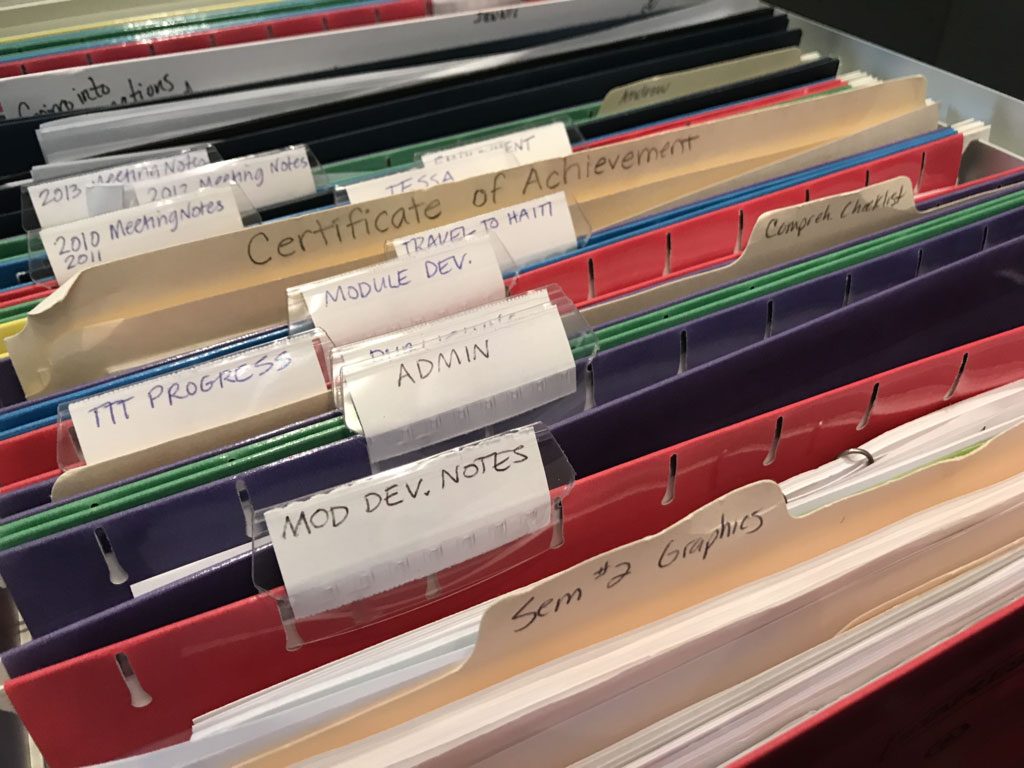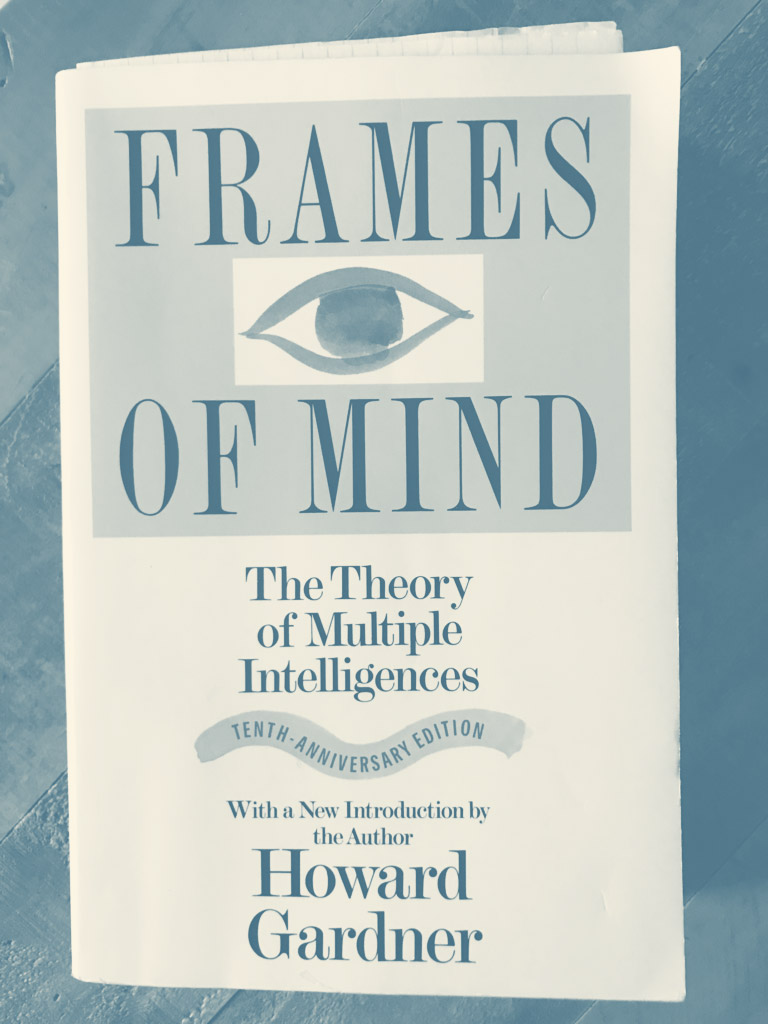I am one who adds something to a list even after the task is complete, relishing in the stroke of ink that crosses it off. But the crazy does not end there because I also have a habit of keeping those lists and other scraps of paper. My explanation for this odd behavior is that it brings me great satisfaction to reflect on the process and progress of something like writing and revising a module for TTT.
For the first three years of Teaching Training Together, a handful of experienced volunteer educators examined widely accepted educational theory that is useful to any and every teacher. We debated, asking ourselves: What are the basics a teacher needs to know to become more effective? Over that time, I filed away oodles of checklists and notes that documented our research and thought process. These notes serve as evidence that we do not take the writing of these modules lightly. From the very first conversations about would be scripted into our first manual to now, checklists and notes demonstrate that ‘Multiple Intelligences’ is worth sharing with underserved educators. Module 3 is an example of the frame of our mind – we strive to create an excellent product.

Rewind back to 1990-something when I was immersed in college semesters of educational theory. Here, I was introduced to Howard Gardner’s Theory of Multiple Intelligences. As an aspiring teacher, this information was practical and inspirational. The idea of drawing out musical or visual-spatial intelligences in my future students was a dynamic innovation. At that time, I had no idea that I would contribute to writing a professional development seminar on this exact topic. And funny enough, I kept his book all these years, with scraps of paper tucked between the pages.
Human beings differ from one another and there is absolutely no reason to teach and assess all individuals in identical ways. Howard Gardner
Gardner proposes that each of us possess multiple intelligences and the teacher’s role is to nurture and develop these intelligences in students. At our seminar, teachers learn about his theory, characteristics of students with each of the multiple intelligences, and how these students learn best. We suggest that teachers can incorporate the multiple intelligences into guided practice activities for students to work together and practice while a teacher challenges, reteaches, or reviews after direct instruction. Of the 12 training modules in our program, it has become the crowd favorite.
Hundreds of hours have been invested to create and revise our best version of this module. None of Gardner’s revolutionary book, Frames of Mind, has been watered down or altered for our participants because for them, this information is also practical and inspirational. I re-read the book while working on the module’s third revision. It is no wonder why it has remained on my shelf.
Beth is the President of Teaching Training Together, an organization based in Burlington, Massachusetts, that provides initial training through professional development seminars to underserved school leaders and teachers.
